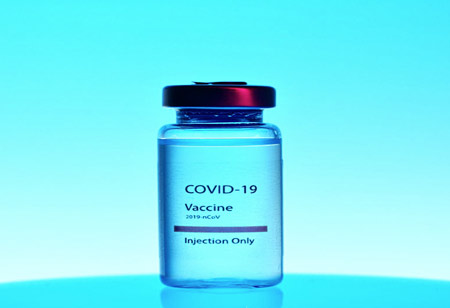Thank you for Subscribing to Healthcare Business Review Weekly Brief
The Evolution of Imaging in Interventional Radiology

Be first to read the latest tech news, Industry Leader's Insights, and CIO interviews of medium and large enterprises exclusively from Healthcare Business Review
Thank you for Subscribing to Healthcare Business Review Weekly Brief

By
Healthcare Business Review | Tuesday, January 16, 2024
Stay ahead of the industry with exclusive feature stories on the top companies, expert insights and the latest news delivered straight to your inbox. Subscribe today.
Advancements in interventional radiology imaging transform diagnostics, guiding precise procedures for improved patient outcomes and treatment efficacy.
FREMONT, CA: From being a specialised field, interventional radiology (IR) has become a major influence in contemporary medicine. IR is now a minimally invasive therapy option for a variety of disorders, providing patients with quicker recovery times, less scarring, and frequently superior results. However, deciphering the complex network of organs and blood channels calls for more than dexterity.
Modern imaging methods now serve as the interventional radiologist's eyes and ears, enabling remarkably accurate guidance of needles, catheters, and other tools.
Cone-Beam CT (CBCT): During surgery, a picture has a 3D anatomy map at the fingertips. That is precisely what CBCT provides: multiple-angle, real-time, high-resolution views of the target area. By allowing the radiologist to see needles and other devices surrounding structures, this live X-ray ensures precise placement and reduces the possibility of problems.
Roadmapping and Fluoroscopy: Fluoroscopy with Roadmapping resembles a superhero tracing a villain's escape route. It overlays past imaging data (a roadmap) onto live fluoroscopic images, providing a dynamic guide. This assists radiologists in navigating intricate anatomy and monitoring procedure progress in real time.
3D Angiography: This provides an incredibly detailed picture of blood arteries. A software reconstructs a three-dimensional map of the vascular system by injecting a contrast agent and taking several pictures from various perspectives. This comprehensive visualisation supports safe and precise catheter placement, helps design treatment methods, and diagnoses vascular disorders.
Augmented Reality (AR) and Virtual Reality (VR): The immersive technologies of augmented reality (AR) and virtual reality (VR) are finding their way into the IR suite.



